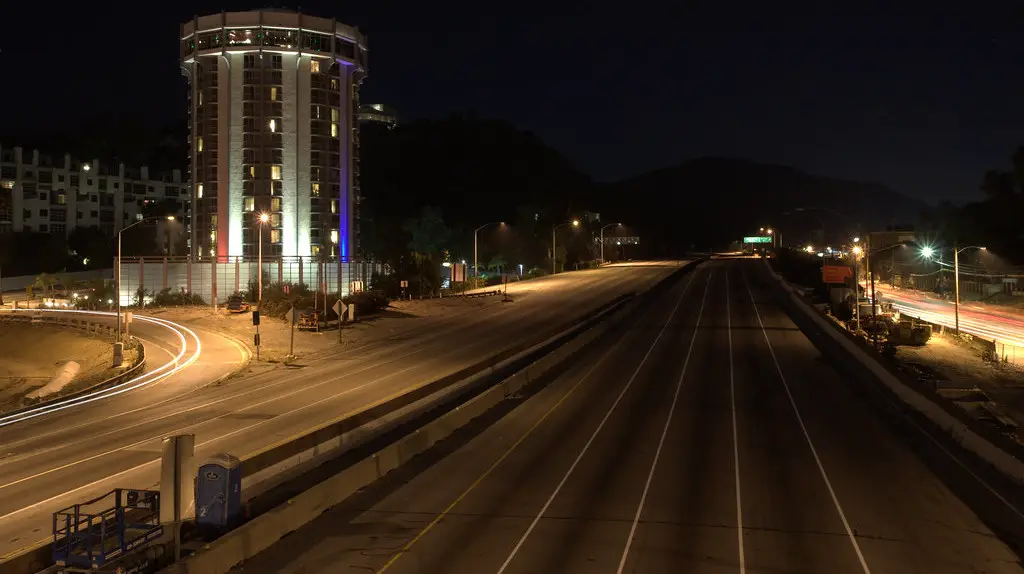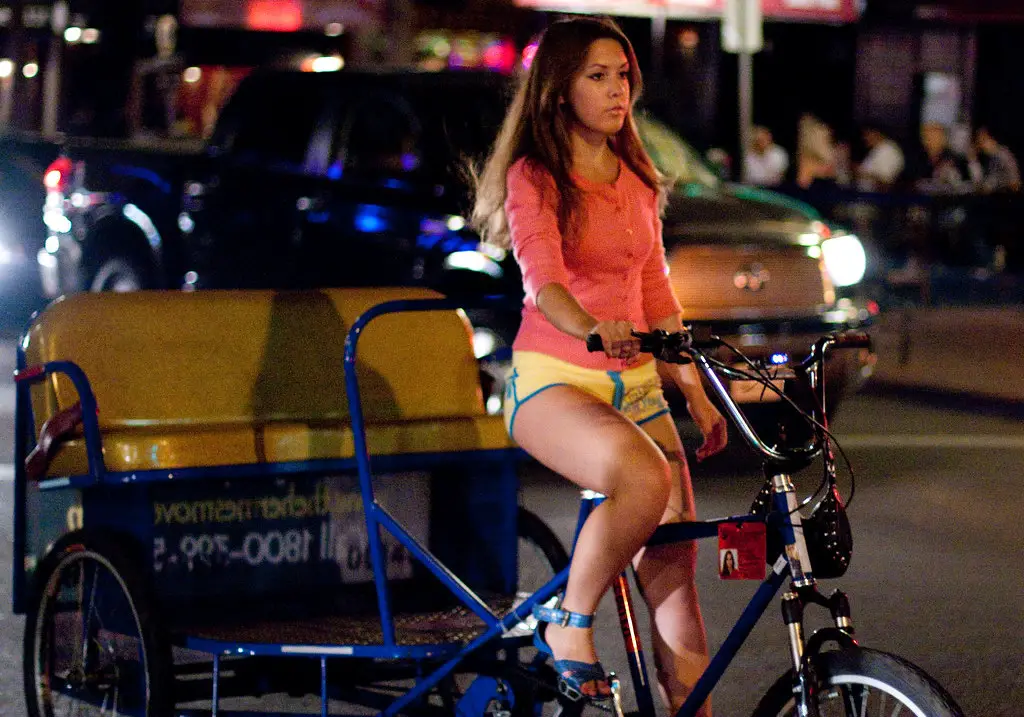This time last year, two new ‘Cycle Superhighways’ opened in London to a mixed response. One year on, however you feel about their functionality, you can’t dismiss their success. Levels of cycling have gone up by around 70% on the routes.
London plans to have twelve cycle superhighways by 2015, with two opening each summer until the proposed spoke-like network surrounding the city is complete. This year, east London gets its second cycle superhighway running from Aldgate to Bow – the CS2. Last week I cycled it, documenting the key design features along the way.

If you start from Aldgate the problems are obvious. Rather than adjusting lane widths, the cycle superhighways are simply painted on top of the left hand lane, meaning cyclists have to share space with buses, and during off-peak hours, parked cars.

Bus stops are also a problem. The CS2 runs along Whitechapel Road which used to accommodate ‘bendy-buses’. These double-length single height buses were loathed by most Londoners and are being removed from service. However, to accommodate them, many bus stops were doubled in length to around 36 metres. Whilst bendy-buses no longer run on Whitechapel road, the bus stops haven’t returned to standard length, and cyclists are pushed to the centre of the road for unnecessarily lengthy periods of time, battling with cars and exiting buses.

Keen to keep costs to a minimum, the Mayor of London – Boris Johnson – signed a sponsorship deal with a national bank, who now see their logo emblazoned across signage all along the route.

Location information is also dotted along the route, informing you of transport connections and time between destinations.

Located outside a school, this former pedestrian crossing point is now a shared crossing. Presumedly an attempt to encourage cycling to school, this full-reconstructed crossing appears to offer nothing new other than a bike symbol, and…

… entrance and exit points for cyclists that allow them on and off the pavement with ease.

Before you know it, the end destination of Bow has been reached, with the CS2 looping around a roundabout with partially separated lanes. Whilst last year’s launches saw two routes both around 9 miles long, the CS2 is less than 3 miles long. Originally intended to stretch towards the Olympic site in Stratford (though not quite reaching it), the London borough of Newham reportedly resisted the development of the CS2 due to Olympics logistics. The CS2 is therefore only partially complete, with any future development postponed until post-2012.

So let’s follow the CS2 back towards Aldgate and get a look at the functionality on the other side of the road. What we have above is the first of only a few areas where the CS2 is raised from road level or separated.

The second and final stretch which is raised from the road appears temporarily. Cycling along this, you can’t help but wonder how great the CS2 could have been with a little more segregation.

Whilst the official launch of the completed CS2 occurred recently, it has been under construction and in-use since late 2010, albeit in a less constant version. This photo shows a ‘joining point’ where the gaps were filled in with a different road surface.

Smart design features are dotted along the route, like this central crossing point for cyclists.

Approaching Aldgate and the city-centre density starts throwing up problems once again. A lack of space on the road – or a lack of willingness to make space for cyclists – means cars and other vehicles frequently cross into the bike route.

Ending with a bright blue bike box, the CS2 is an infrastructure development that is hard to get excited about. Once again, it’s better than what came before, and once again, it has moments which suggest a lot of thought went into sections of the route.
It’s frustrating to hear criticism of the Cycle Superhighways for being nothing more than blue paint. All contain design elements that, if applied more consistently, could improve the experience of cycling in London. However, looking at the CS2 alone, it really is three miles of blue paint and little else.


